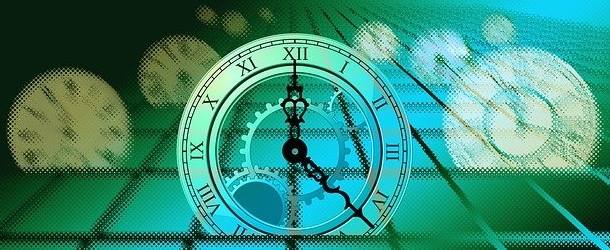U of Melbourne scientists create largest time crystal to-date

(Finance.Yahoo) Scientists at the University of Melbourne have created the largest time crystal to date by programming one into a simulation in a quantum computer with 57 qubits—the quantum equivalent of a binary bit in a regular computer. That represents an improvement of nearly a factor of three over the last such groundbreaking simulation, as detailed in newly published research in the peer-reviewed journal Science Advances.
One of the major upsides to the theoretical time crystal is that, as conceived by Wilczek, they don’t use any energy as the electrons change around in time itself. This results in a special phase of matter that appears to violate Newton’s first law of motion, putting time crystals in the same category as superconductors. These are materials under special conditions—like supercooling matter close to absolute zero—where they lose all resistance as they pass electrons around. Superconductors are also a quantum phenomenon.
In their experiments, the University of Melbourne scientists used remote computing to access an IBM quantum computer in the United States. (Think of this when anyone says you can’t work remotely!) They were able to make changes to individual qubits in the system, and then use strong magnetic pulses to reunify the field into one large acting time crystal.
This work shows a lot of hope for time crystals, the researchers say, especially in terms of using time crystal systems as possible memory in quantum computers. That will take a lot more time, though, as this 57-qubit system can only “hold a charge” for up to 50 cycles before the qubits revert to more random behaviors.



















